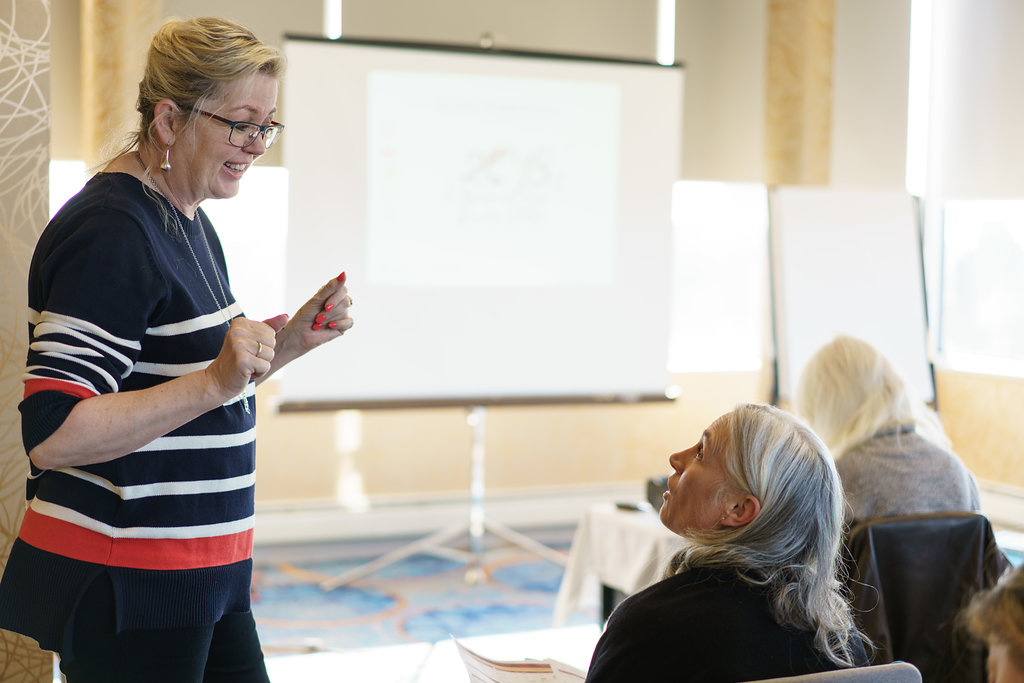Chinese Table Manners “Tea for you before me”
Asian Cultural Insights and Tips
By Martha Dahlen
Introduction: The Chinese character for the Tao is translated as “the Way”; it can refer to a “way” of living as well as a perfectly ordinary street. In Chinese culture, the mundane and the esoteric are seamlessly integrated. To truly understand the principles of Taoist astrology and Feng Shui, one must somehow understand Chinese culture. Awareness of these differences will give you greater understanding and comfort in your dealings with the Asian culture, whether in business or eating with your friends in a restaurant or in their homes.
Chinese Table Manners “Tea for you before me”.
Chinese table manners are distinctly different from Western, as you may have noticed. At most Chinese restaurants, tea is served in one teapot for the entire table. And cups are small, thimble-shaped and sized, one might say. Thus, pouring tea is an ongoing activity. The main point is that you always pour tea for someone else, especially your neighbors, or it could be—at the beginning of a meal– the entire table, before you fill your own cup. Never fill your cup first. Even if everyone else’s cups are full, you make a pretense of topping up your neighbor, then filling your own cup. If the tea runs out, tough luck: Set the lid of the teapot askew on top of the pot, hand-signal the waiter to add hot water, and wait. Ideally the host of the gathering pours tea; in practice, the person nearest the teapot pours. It is that person’s responsibility—or honor—to keep everyone’s cup topped up. Never refuse tea. When you’ve had enough, stop drinking, and your cup will remain filled. That’s more polite than refusing tea. Interesting, right?
N.B. In Asia, the practice extends to other drinks as well. At a Japanese sushi bar, I have seen two people sitting side by side, each with a bottle of beer. Neither person poured for himself. So person A poured beer for person B from B’s bottle, then person B poured beer for person A from A’s bottle.



